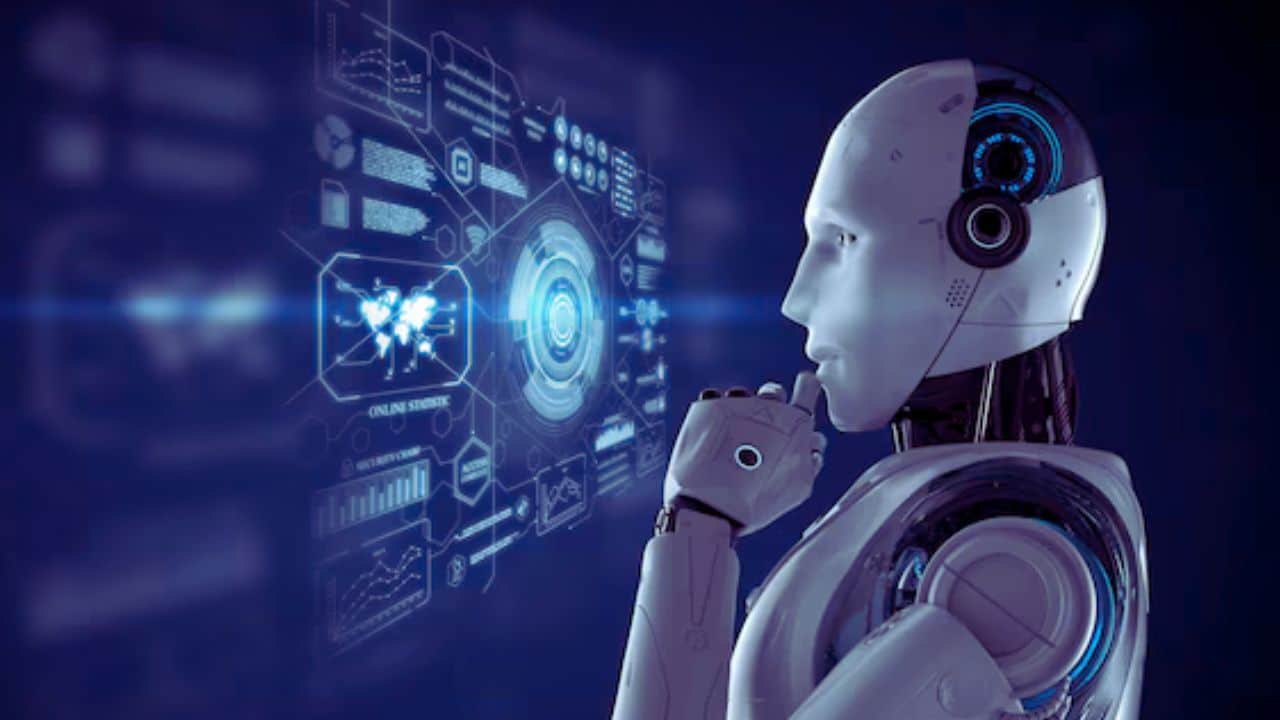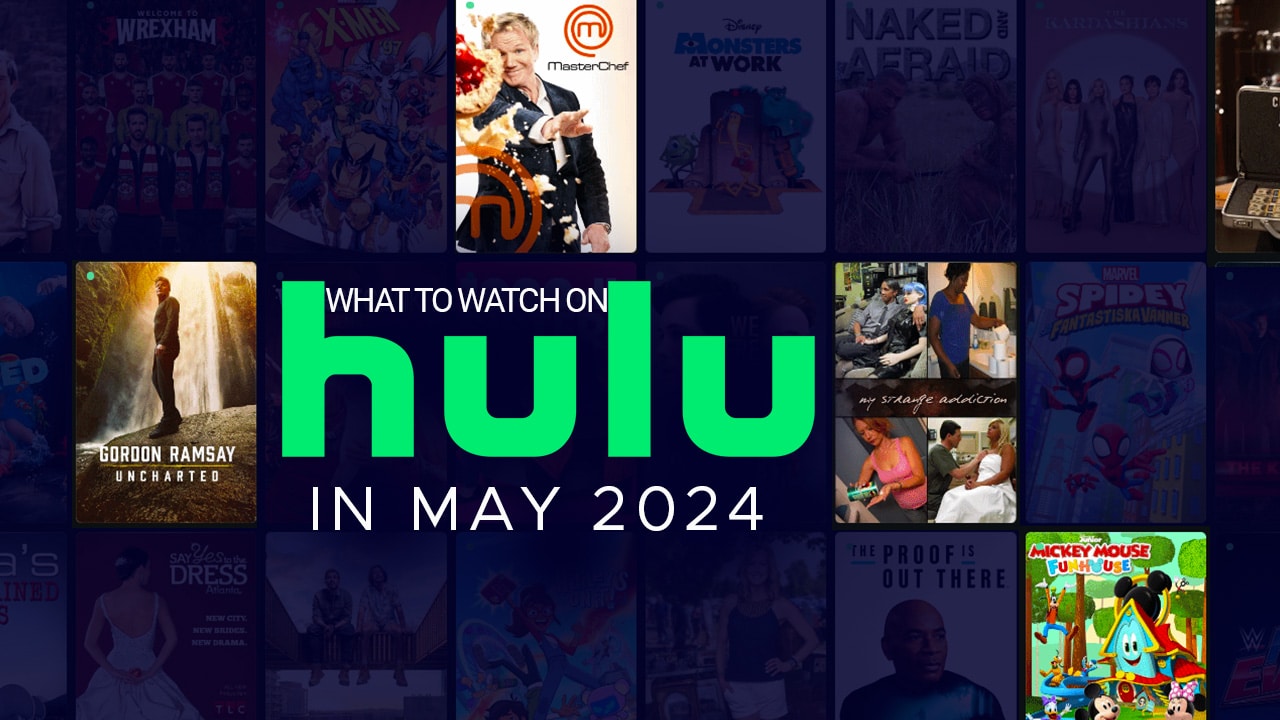As technology becomes further ingrained in daily life, digital assistants like Google Assistant play an increasingly important role for many. A simple “Hey Google” activates a ubiquitous helper for tasks like setting alarms, making calls, and getting weather updates. In just seven years, Google Assistant has become integral in the lives of countless individuals, assisting with various tasks through natural conversation.
The AI Growth Spurt – From Months to Decades
We are living in a time when AI’s progress is no longer measured in months – its growth over recent years surpasses that of many previous decades. Leading this AI revolution are OpenAI’s ChatGPT and Google’s Bard, two formidable AI technologies redefining future human-machine interactions.
Google Assistant and Bard – A New Paradigm
October 4th marked a milestone with the unveiling of a new paradigm of digital assistants at Google’s “Made by Google” event: Assistant with Bard. This combines Google Assistant’s robustness with Bard’s generative capabilities. It aims to evolve assistants from basic command executors to intuitive, intelligent, personalized allies. Designed to understand, adapt and handle personal tasks like planning trips or drafting grocery lists, it seeks to emulate a real human assistant.
Beyond Voice – An Experience Spanning Multiple Modalities
This is more than just a traditional digital assistant. Assistant with Bard provides an experience spanning voice, text, and images. Groundbreaking is its ability to act on the user’s behalf, enhancing the digital experience further. The imminent integration of Bard into Assistant, announced during the Pixel 8 unveiling, signifies a revolutionary leap for voice assistants.
Integration with Google Services for Enhanced Productivity
Assistant with Bard also seamlessly integrates with core Google services like Gmail and Docs to boost productivity through more effective task management. For example, it can summarize unread emails in a user’s inbox when asked. It can interpret both text and images, generating social media captions or assisting with other digital queries. The innovative conversational overlay for Android demonstrates this ability. Users can overlay Assistant with Bard on a photo and request a caption to create a social media post.
Sifting Through Documents and Structured Data
In business, there is often a need to extract specific information from extensive document repositories like PDFs, blogs, or Notion. While traditionally manual search and reading were required, advances in LLMs now enable efficient solutions. Users can pose natural language questions about document contents and receive precise answers, as shown by Langchain’s documentation capabilities. Other examples include querying structured data like SQL databases and analyzing code like Python to gain insights.
AI Document Search – Snowflake’s Document AI
Snowflake’s Document AI, among other offerings, ventures into this space with a pre-trained LLM that can parse even handwritten PDF content. It allows natural language queries without requiring AI expertise and integrates with Snowflake’s ecosystem, similar to Google’s release. Users can gain insights, ask about document contents like inspection details, and retrain the model based on feedback. It streamlines processes like continuously checking new files for equipment failures by integrating into various pipelines.
The Shift from Lexical to Neural Search
What is truly groundbreaking is the shift from lexical search, emphasizing common keyword intersections, to more neural approaches. Traditional searches may miss semantic connections between terms like “USA” and “United States”. However, neural search, leveraging advances in NLP and models like GPT-3, better captures these semantic nuances through sentence embeddings. These concise text representations enable computing similarity metrics, enhancing search efficiency. Additionally, you can also read about- AI Chatbots and IoT: Bridging the Gap for Smart Devices
Vector Databases and Embeddings – A Monumental Shift
Vector databases and embeddings have been identified as another major shift in applying AI for data management and semantic search. The process involves representing high-dimensional data like text as more manageable lower-dimensional vectors through embeddings. LLMs facilitate this transformation, enabling efficient storage and retrieval of these vector representations.
The Importance of Search in AI Chat Assistants
Recent AI and NLP advances have opened up many possibilities for chat assistants. Critical to these systems is efficient, accurate search capabilities. OpenAI’s ChatGPT and Elasticsearch collaboration beautifully demonstrates this synergy.
While revolutionary in its language generation, ChatGPT’s real-world effectiveness is amplified by Elasticsearch’s powerful search engine. As the article illustrates, combining ChatGPT and Elasticsearch enables seamless user queries, precise document retrieval, and eloquent responses.
Google’s Unmatched Search Expertise
The efficiency of an AI chat assistant depends equally on its language capabilities and search precision. Pinpointing exact data or documents significantly elevates response accuracy and relevance. Google’s unparalleled search expertise and advancements in AI chat like Dialogflow set it apart as a formidable player in this evolution.
Considering search’s foundational role and Google’s proven track record with Dialogflow, Google seems poised to craft the most advanced AI chat assistant moving forward.
Google’s BERT and Bard – Contextual Understanding
Reflecting on Google’s BERT language models and Bard underpins this potential. BERT’s bidirectional design, excelling in contextual understanding, showcases Google’s deep grasp of search dynamics. By analyzing words in sentences from both directions, BERT can discern precise user intent. Integrated into an AI chat system, this could enable remarkably accurate and intent-aligned responses, the hallmark of superior search and conversation.
The Future of Human-AI Interactions
As AI chat assistants evolve, the integration of advanced NLP and precise search becomes increasingly vital. While collaborations like ChatGPT and Elasticsearch showcase this synergistically, Google’s unparalleled search prowess could redefine human-AI interactions as it further develops these systems. The realization of a Google search-powered chat assistant could transform our understanding of AI-human conversations.







































